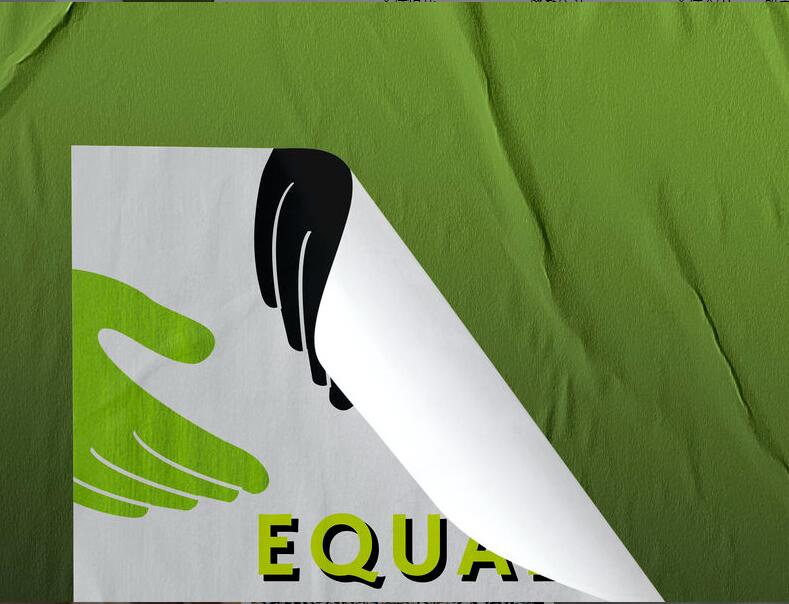 How to avoid paper wrinkling during offset printing
How to avoid paper wrinkling during offset printing
Apr 21, 2023
In the printing process, the wrinkling of printed sheets is one of the main causes of waste and paper waste, and such failures are especially serious in some medium and small printing factories, and operators are also very troubled by this. So, how can we troubleshoot and save paper in a timely and effective manner?
First of all, we should have a clear understanding of the pleating failure of printed sheets and understand the reasons for it, so that we can take corresponding preventive and solution measures.
1.Faulty or improperly adjusted printing equipment
Taking sheet-fed offset printing as an example, the phenomenon of wrinkling of printed sheets caused by improper equipment adjustment and the solutions are as follows.
01Improper adjustment of feeding and feeding parts is one of the main causes of wrinkling of printed sheets. The position of the press wheel or the top paper wheel and the top paper brush wheel on the paper feeding plate is wrong, and the paper is pushed to the middle so that the paper has bowed and wrinkled at the front gauge, so the uneven part is pressed into wrinkled.
Solution: Adjust the position of the pressure roller, the top paper roller, etc., so that it is beneficial to flatten the paper.
02
The surface of the impression cylinder is not clean, and the accumulated ink layer is too thick, resulting in local pressure changes.
Solution: Pay attention to equipment maintenance and wash the impression cylinder frequently.
03
The impression part is the main body of the printing press, and the wrinkling of the printed sheet is caused by the extrusion of this part. If the printing pressure is too high, the paper at the individual grippers will slide relative to each other, causing the surface of the paper to be uneven.
Solution: Appropriately reduce the printing pressure or increase the grip force of the impression cylinder gripper teeth.
04
The grippers are too light on one or both ends of the paper.
Solution: Calibrate the grip force of the gripper teeth, replace the tooth pad if it is a problem with the tooth pad, replace the tooth pad if it is a problem with the tooth sheet, and increase the pressure of the compression spring if the problem is insufficient pressure of the compression spring.
05The jaws of the swinging jaws are uneven. When the jaws are closed, the jaws of the paper are wavy, which shortens the feeding width of the paper. Once embossed, divergent wrinkles will appear.
Solution: Leveling braces. If it is caused by severe wear of the tooth pads, replace with a new set of tooth pads, or plan all the tooth pads uniformly, roughen the parts that touch the paper, and lower the tooth pads properly, generally with the tooth table The gap is 0.2mm plus the thickness of a piece of paper.
06The positioning position of the side rules is wrong, one or both ends of the paper corners are in the gap of the paper delivery grippers or only half of the grippers.
Solution: Properly adjust the position of the side gauge to avoid the gap between the gripper teeth of the paper delivery.
07The gripping force of the gripper teeth in the middle part is too loose, resulting in the phenomenon that the paper cannot be gripped, and the printed sheet is pulled out during printing.
Solution: Calibrate the grip force of the gripper teeth.
08Two or more gripper teeth of the impression roller are too loose within a certain length, and even the paper cannot be gripped; When the roller gripper catches the paper and presses it, the axial length of the paper is shortened, and the paper produces large diffuse folds from the gripper.
Solution: Adjust the corresponding gripper teeth and paper delivery teeth.
09The previous positioning is not on a straight line, so that the amount of gripper is more on one side and less on the other. Under the action of printing pressure, the part with less amount of gripper is likely to come out of the gripper teeth and cause wrinkles.
Solution: Adjust the front gauge to make the amount of paper on both sides consistent.
10The jaw pads of the impression cylinder are uneven, and when the paper is gripped, the edge of the paper will form a wave shape, and the grip part will be partially wrinkled.
Solution: Adjust the height of the gripper teeth.
11If the transfer and coordination of the paper between the various color groups is improper before embossing, resulting in the change of the length of the paper at the edge of the mouth, the trailing tip is easy to wrinkle.
Solution: Adjust the paper delivery time.
2. paper uneven
The inherent disadvantages of paper raw materials are one of the important reasons for the unevenness of printed sheets. For example, during the manufacturing process of paper, although the fiber bundles are broomified, the microscopic unevenness, uneven internal stress, and insufficient strength of the paper may make the paper uneven. Uneven and wrinkled when printed.
If the paper itself is deformed, such as ruffles, tight edges, warping at both ends, etc., it is easy to cause the printed sheet to wrinkle. Most of the wrinkles produced by the ruffles are around the printed sheet, most of the wrinkles produced by the tight edge are located in the middle of the printed sheet, and most of the wrinkles produced by the warping at both ends are located at both ends of the printed sheet. For the slight deformation of thin paper (coated paper, double-adhesive paper), the paper can be leveled by knocking the paper and adding a paper press at the front gauge to avoid or reduce the wrinkling of the printed sheet; if the deformation is serious, it is necessary to Solve it by hanging and drying.
For thick paper (cardboard, cardboard) that warps upward at both ends or bows upward in the middle, it is generally leveled by reverse kneading and bending.
Regardless of whether it is thin paper or thick paper, the printing factory should put the uncut printing paper in the printing workshop about a week in advance to make it adapt to the temperature and humidity of the workshop, and then cut it on the machine.
3. Ink viscosity is too high
If the printed sheet is large and solid, the amount of ink in the layout is large, and the viscosity of the ink is high, the printed sheet is prone to arc-shaped wrinkles in the middle or second half.
Solution: Reduce the viscosity of the ink. If it is a spot color ink, you can also adjust the hue of the ink to reduce the amount of ink. In addition, you should also pay attention to the influence of the ambient temperature.
4. The influence of the external environment
Effect of air humidity on paper moisture content. In the printing process, the paper is squeezed by the roller, in order to ensure the quality of the printed product, the paper is required to have better flatness. However, the structure and composition of paper determine that they have strong hydrophilicity and dehydration, and linear deformation and shape deformation will occur during use. For example, the phenomenon of "tight edge" and "lotus leaf edge" are typical faults caused by these two deformations, and are also the main reason for the wrinkling of printed sheets.
Therefore, strictly controlling the moisture content of the paper and printing with flat paper is also of positive significance to prevent the wrinkling of the printed sheet; in addition, it should be prevented in the actual application process.
01
Small diverging folds caused by paper "ruffles".
Solution: Hang it to dry paper, baking paper, etc.
02
The thin and straight wrinkles caused by the "tight edge" of the paper, plus the horizontal arc-shaped wrinkles caused by the unreasonable drum lining.
Solution: Adjust the lining of the drum to make the line speed consistent, and then humidify the paper, hang it to dry, etc.
To sum up, the paper wrinkling failure is actually caused by many reasons. The failure always occurs after the printed sheet is uneven. When there is a printing sheet wrinkling failure, we should first analyze what is the reason. Analysis, careful study, the problem is not difficult to solve.
Read More


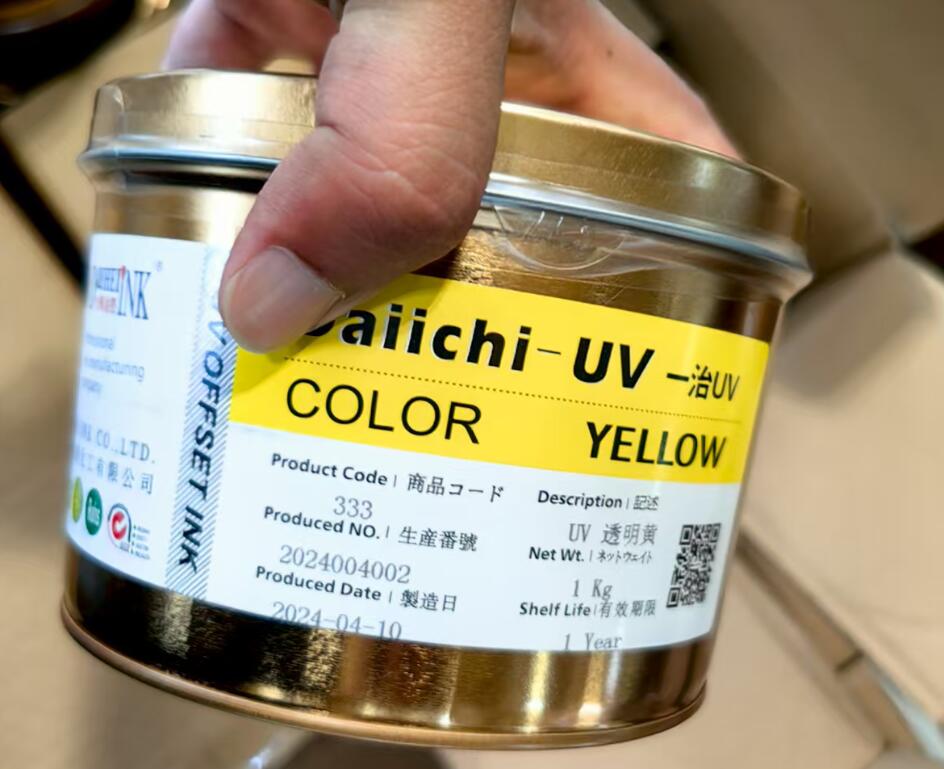 What is UV offset ink and how does it work?
What is UV offset ink and how does it work?
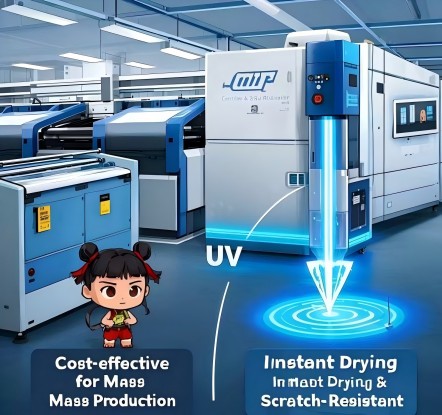 Printing Magic Behind "Nezha 2" Popularity: How Offset & UV Inks Power Movie Merchandise
Printing Magic Behind "Nezha 2" Popularity: How Offset & UV Inks Power Movie Merchandise
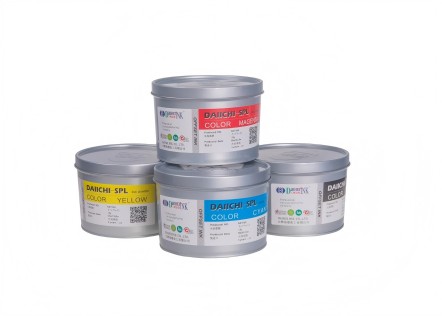 The application for Spray Powderless Ink
The application for Spray Powderless Ink
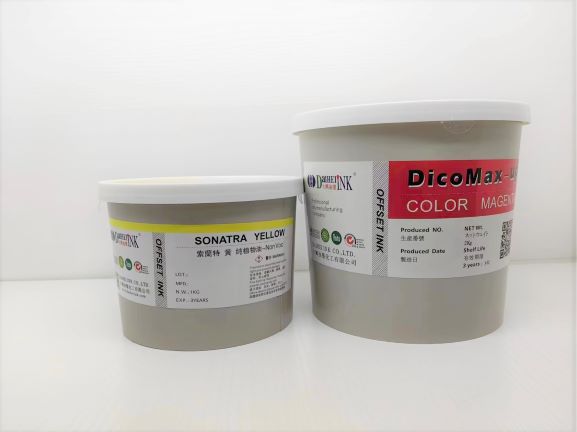 Paper packaging for offset printing ink: A double breakthrough of innovation and environmental protection
Paper packaging for offset printing ink: A double breakthrough of innovation and environmental protection
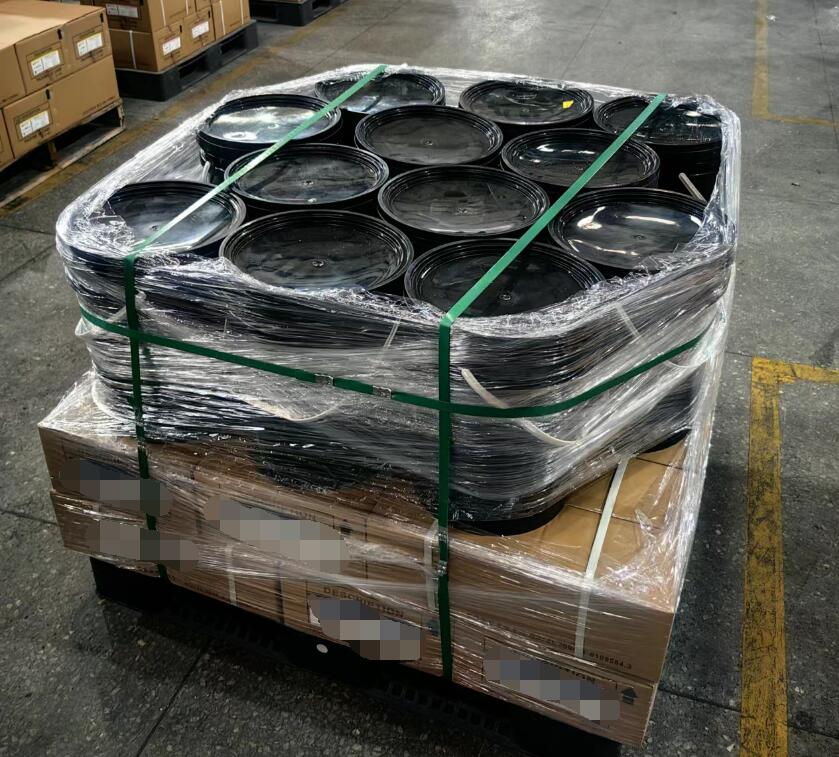 Introducing UV Pantone High Concentration Ink
Introducing UV Pantone High Concentration Ink
 Why need spot color printing?
Why need spot color printing?
 How to avoid paper wrinkling during offset printing
How to avoid paper wrinkling during offset printing
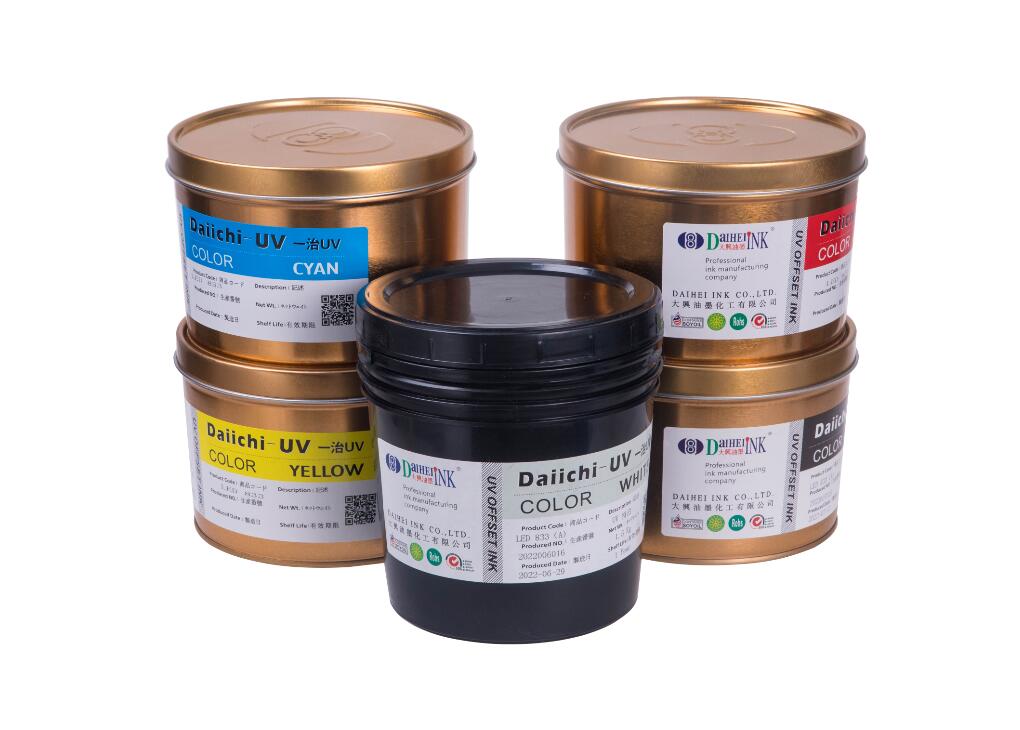 Introduction of LED UV Ink
Introduction of LED UV Ink